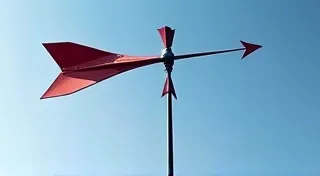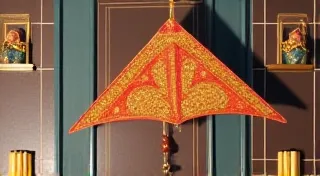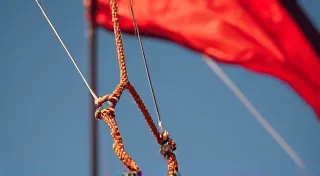Repairing a Damaged Kite: Simple Fixes to Extend its Lifespan
Kite flying is a rewarding hobby, but even the best-built kites are susceptible to damage. Whether it's a rip in the sail, a broken spar, or a tangled bridle, accidents happen. Don't despair! Many kite repairs are surprisingly simple and can extend the lifespan of your custom kites, saving you money and keeping you flying. This guide covers common kite damage and offers easy-to-follow repair techniques. Let's get your kite back in the air!
Understanding Common Kite Damage
Before you grab the repair tape, it's helpful to identify the type of damage your kite has sustained. Here are some of the most frequent issues:
- Tears in the Sail: These can range from small nicks to large rips, often caused by wind, trees, or rough landings.
- Broken Spars (Rods): Fiberglass, carbon fiber, or bamboo spars can snap or crack due to impact or stress.
- Bridle Line Breakage/Tangles: The bridle is crucial for kite balance, and its lines can fray or tangle.
- Broken Tail Attachment Points: Tails add stability and can tear off.

Repairing Tears in the Sail
Small tears are easily remedied. For larger rips, a bit more effort is required.
Small Tears & Nicks
These are best fixed with kite repair tape. Simply clean the area around the tear, apply the tape smoothly, and overlap the tape onto the undamaged sail for a secure hold. Ensure the tape adheres well, especially in windy conditions.
Larger Rips
For larger rips, you’re essentially patching the sail. You're going to need:
- Kite Repair Tape (or strong fabric tape)
- Scissors
- A clean, flat surface
First, trim the edges of the rip to create a clean, angled shape. This makes patching easier. Cut a patch of tape slightly larger than the trimmed area. Carefully apply the patch, smoothing out any wrinkles or air bubbles. Overlap the tape onto the undamaged sail. Reinforce the edges of the patch with an extra layer of tape for added strength.
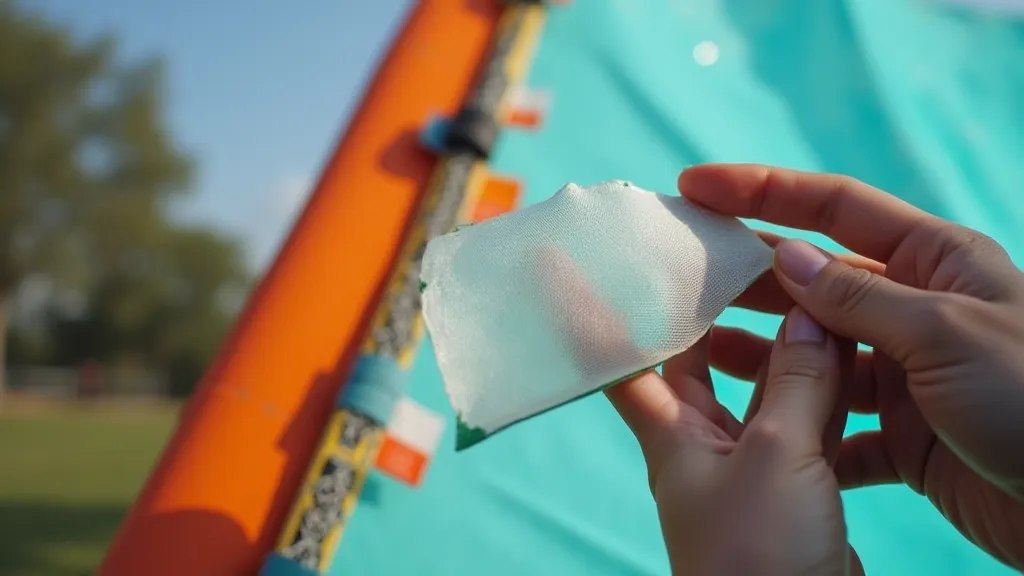
Fixing Broken Spars
Broken spars can be tricky, but often replaceable. The repair method depends on the type of spar.
Fiberglass Spars
Small cracks can sometimes be repaired with epoxy resin and fiberglass cloth. However, a full replacement is generally safer, especially if the crack is significant. If you choose to attempt repair, sand the area smooth, apply resin, lay the cloth, and sand again. Ensure proper ventilation and wear gloves.
Carbon Fiber Spars
Carbon fiber spars are strong but brittle. While repairs *are* possible, they often compromise the spar’s structural integrity. Replacement is usually the best option. Attempting a repair requires specialized carbon fiber repair materials and techniques.
Bamboo Spars
Bamboo spars can sometimes be rejoined using strong adhesive and tape, but the repair will likely be weaker than the original. Look for a clean break and align the pieces carefully. Wrap tightly with strong tape or twine for reinforcement.
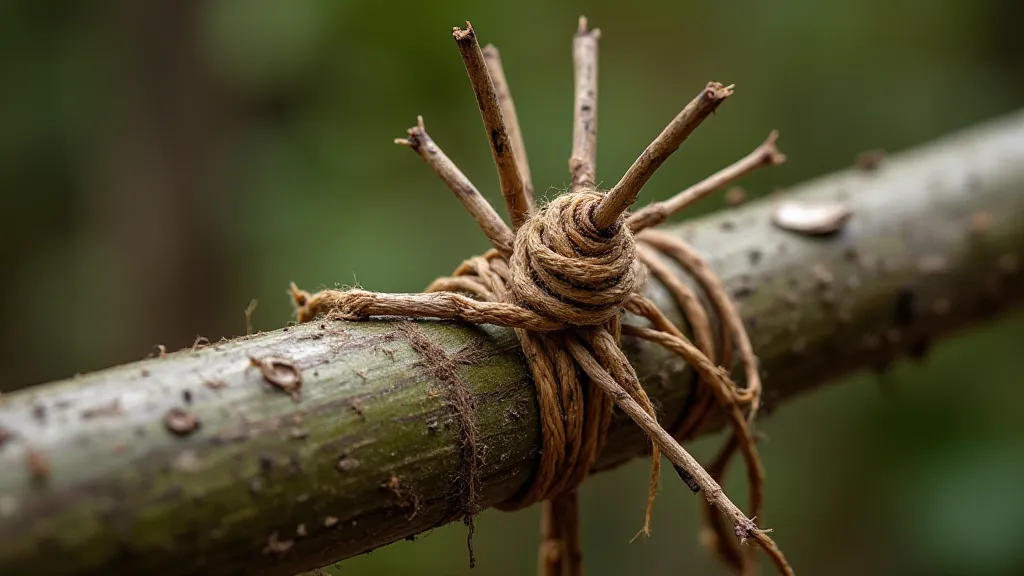
Bridle Line Repairs
A tangled or broken bridle can drastically affect kite performance. Most bridles are attached to the kite with knots. Learning basic knot tying is essential for kite maintenance.
- Untangling: Carefully untangle the lines, noting the original arrangement. A photo before flying can be invaluable.
- Replacing Lines: Replace frayed or broken bridle lines with new line of the same strength and type. Ensure knots are secure and properly tied.
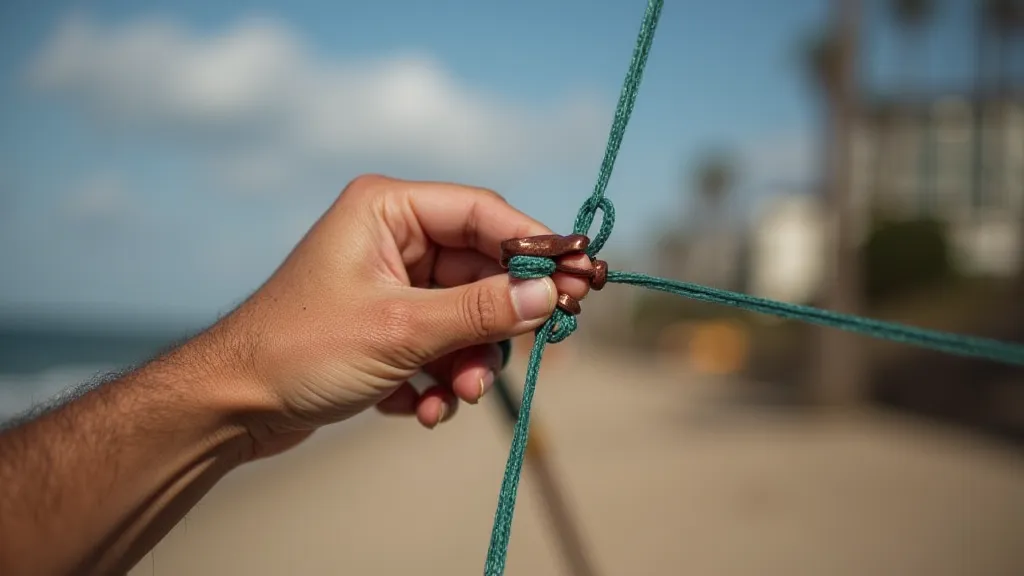
Conclusion
Don’s let a little damage ground your kite flying! With a little know-how and some basic repair materials, you can extend the lifespan of your custom kites and continue enjoying the thrill of flying. Remember to always prioritize safety and replace severely damaged components. Happy flying!
